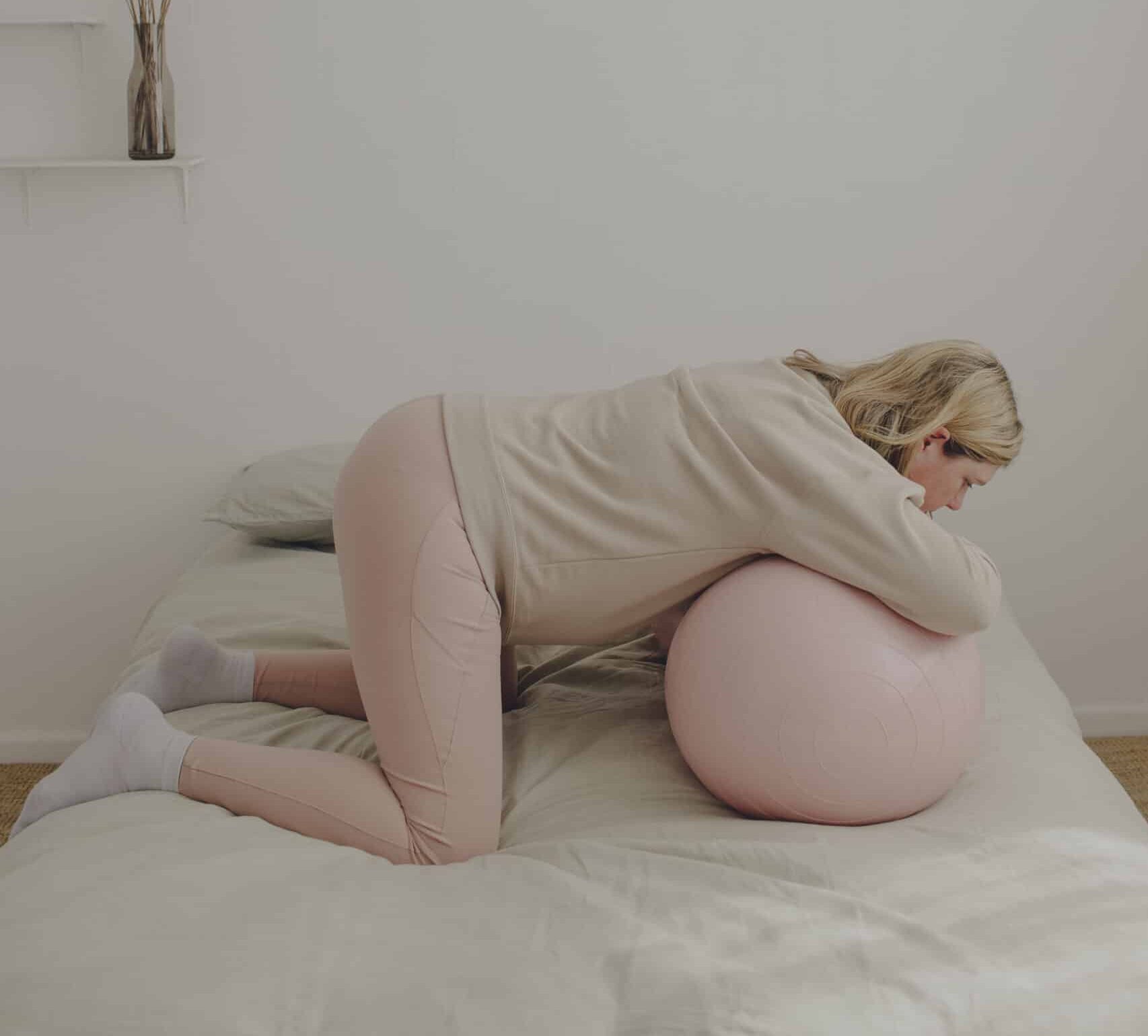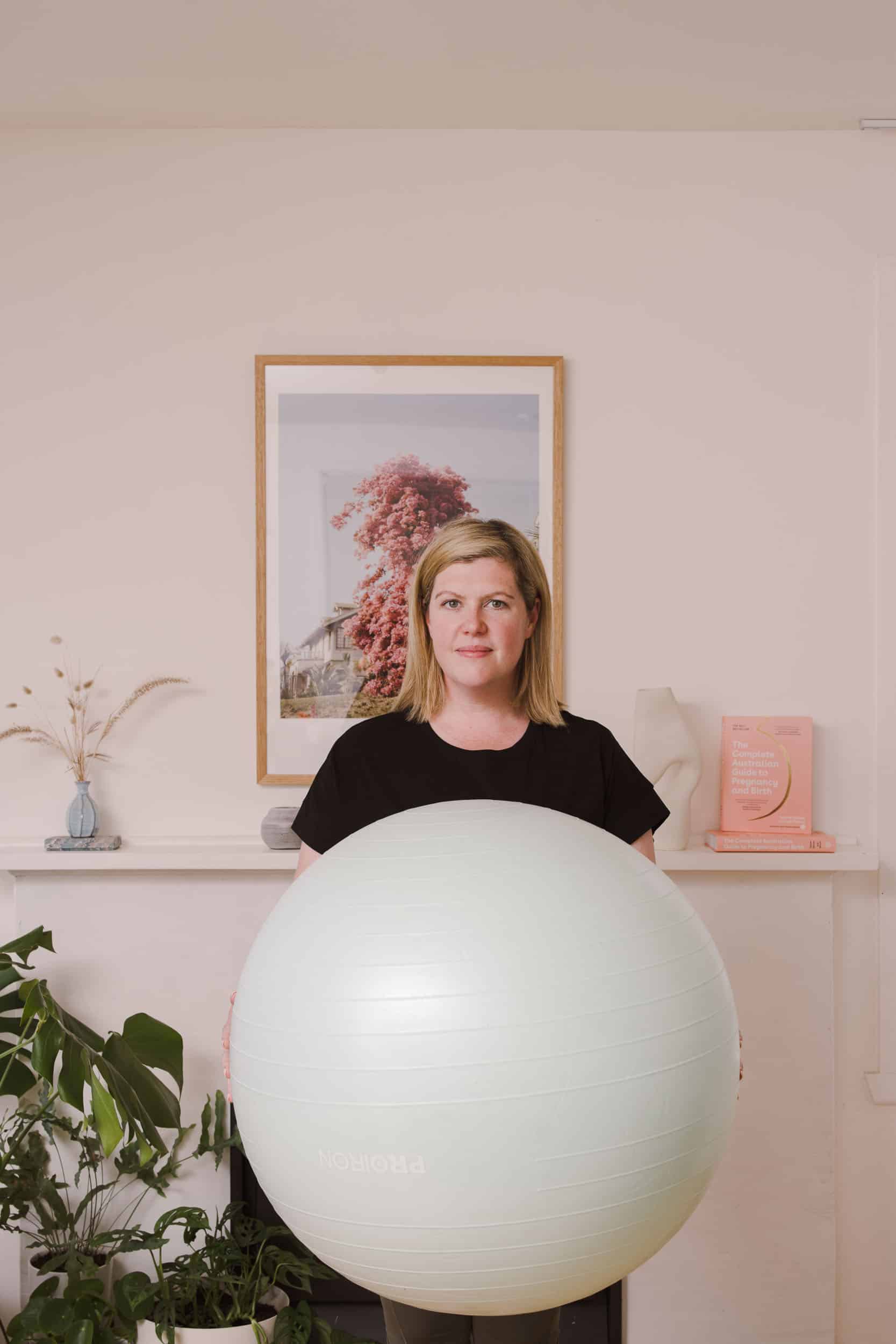Birth 5 Tips for a Calm Birth
5 Tips for a Calm Birth

If you’re currently pregnant, you may be feeling quite overwhelmed by the advice that everyone seems to throw at you. It’s a lot, isn’t it. And while it’s well-meaning, it often leads to confusion rather than clarity.
If you don’t know where to start with your birth preparation, I encourage you to listen to birth stories. Learning from the mothers in your own time is a great first step to understanding the process of labour and birth and figuring out what your birth preferences are. Start by listening to these positive birth stories and go from there.
And then? Well, there’s a few practical steps you can take to prepare your body and mind for a calm birth experience.
What is a calm birth?
But first, what is a calm birth? Well, a calm birth is one where you feel:
- safe
- supported by your birth support person
- listened to and respected by your care provider
It doesn’t look or sound a certain way and it isn’t dependent on where you birth or even how you birth. A calm birth can unfold at home, in a birth centre on the labour ward of your local hospital and in the operating theatre.
If you’re reading this with the intention to learn about a calm physiological birth, there’s a few things we want to share with you about what you need to know and how you can prepare in pregnancy. If you’re preparing for a calm caesarean birth, make sure you check out The Caesarean Birth Class.
What happens in labour?
A calm birth starts long before the first contraction. When you understand the process of labour, you’re more likely to feel calm and confident as labour progresses. This means getting educated on each stage of labour – what is happening in your body with each contraction – and knowing that what you’re feeling is normal. As labour progresses, it’s really easy to feel overwhelmed by the intensity. A calm birth is one where you anticipate the overwhelm to come but you also have the skills to navigate that overwhelm.
Before the first contraction, it’s helpful to understand:
- How hormones kick-start and drive contractions
- The crisis of confidence that’s typical near transition
- The benefit of breath and sound in labour
- What medical interventions exist, why they’re used and how they help/hinder labour
- Non-pharmacological pain relief methods
- The benefit of movement and staying active in labour
The Birth Class gives you and your birth support person all the information and skills you need, regardless of where and how you’re birthing your baby.
Five tips for a calm birth
Prepare you mind
You may have heard the phrase: ‘labour is a mental game’ and it’s definitely true. The ability to have a focussed and positive mindset is essential for a calm birth. Why? Well, we’ve been conditioned to connect pain with fear. If we’re in pain, there must be something wrong. But labour pain is good pain – it’s bringing your baby closer. When you understand this you’re more likely to accept and welcome each contraction, instead of physically resisting it.
It’s also helpful to be aware of the positive words and phrases that bring you comfort. Write them down, give them to your birth partner, repeat them in moments of doubt and fear. Your partner can also repeat them to you throughout labour. They may be things like:
“Let. Go.”
“I can do anything for 60 seconds”
“This contraction is bringing my baby closer”
“Deep breaths, low sounds”
“I’m letting labour carry my baby to me”
As for the doubt, fear and overwhelm of labour; it’s normal and expected, even in the ‘calmest’ of births. Anticipate these feelings and prepare your mind by repeating positive words that will become more powerful than your fear. Coming back to your breath is a practical mindset practice, especially when you slow your thoughts by thinking: “I am breathing in, I am breathing out.”
Prepare your body
An active birth starts with an active pregnancy. Why is an active birth advisable? Well, it allows your body to work with gravity to bring your baby down. Movement also helps you move through contractions – rocking, swaying, squatting helps to minimise the intensity of contractions. But all this movement requires strong legs!
Any movement in pregnancy is good movement but prenatal yoga and pilates, swimming and walking are all beneficial when practised regularly. Many midwives say that if you want an active birth, you shouldn’t get on the bed. So, when you get to hospital, refrain from getting on the bed and instead use the birthing ball and mats to support yourself in active positions where your hips can stay open.
Learn to rest in the space between
Just as important as staying active is the ability to totally relax and soften between contractions. This is conserving your energy which is vital for a physiological birth. What does this look like? Doing absolutely nothing but sipping water and breathing deeply – letting your body completely soften. Leaning against the bed or pushing back into a comfortable child’s pose on a floor mat is recommended.
Learn to breathe deeply
Deep breaths bring your baby closer but they also help to minimise your anxiety. Ideally you will inhale through your nose and exhale softly out of your mouth. This takes practice so make sure you do it regularly in pregnancy. It’s helpful to repeat ‘let’ and you inhale and ‘go’ as you exhale; this helps keep your mind present while focussing on your breath.
Understand the power of sound
Calm doesn’t always mean quiet. In fact, a calm birth will usually carry a soundtrack of deep moans and groans which are really purposeful in labour – they help you stay grounded and can soothe your nervous system (low sound = a calm mind). In early labour you may make gentle ‘ahhhhhh’ sounds and as labour progresses, your sounds will instinctively become deeper and lower. Make sure you listen to module 4 in The Birth Class where birth educator Jodi Wilson talks at length about the connection between your mouth and your pelvic floor, why sound is helpful in labour and how you can use it to navigate contractions, relax and open your body so your baby can be born.
Here’s some more articles we think you’re going to love:
Categories
Related Products
-
The Birth Class
108 reviews$249.00The empowering online childbirth education program that will help you confidently prepare for birth.
Get your copy of our Perineal Massage Guide in your inbox
Keep Reading
We think you might enjoy these articles
@AustralianBirthStories
Follow along with us
@AustralianBirthStories
Follow along with us
@AustralianBirthStories
Follow along with us
@AustralianBirthStories
Follow along with us
@AustralianBirthStories
Follow along with us
@AustralianBirthStories
Follow along with us
@AustralianBirthStories
Follow along with us
@AustralianBirthStories
Follow along with us
@AustralianBirthStories
Follow along with us
@AustralianBirthStories
Follow along with us
@AustralianBirthStories
Follow along with us
@AustralianBirthStories
Follow along with us









